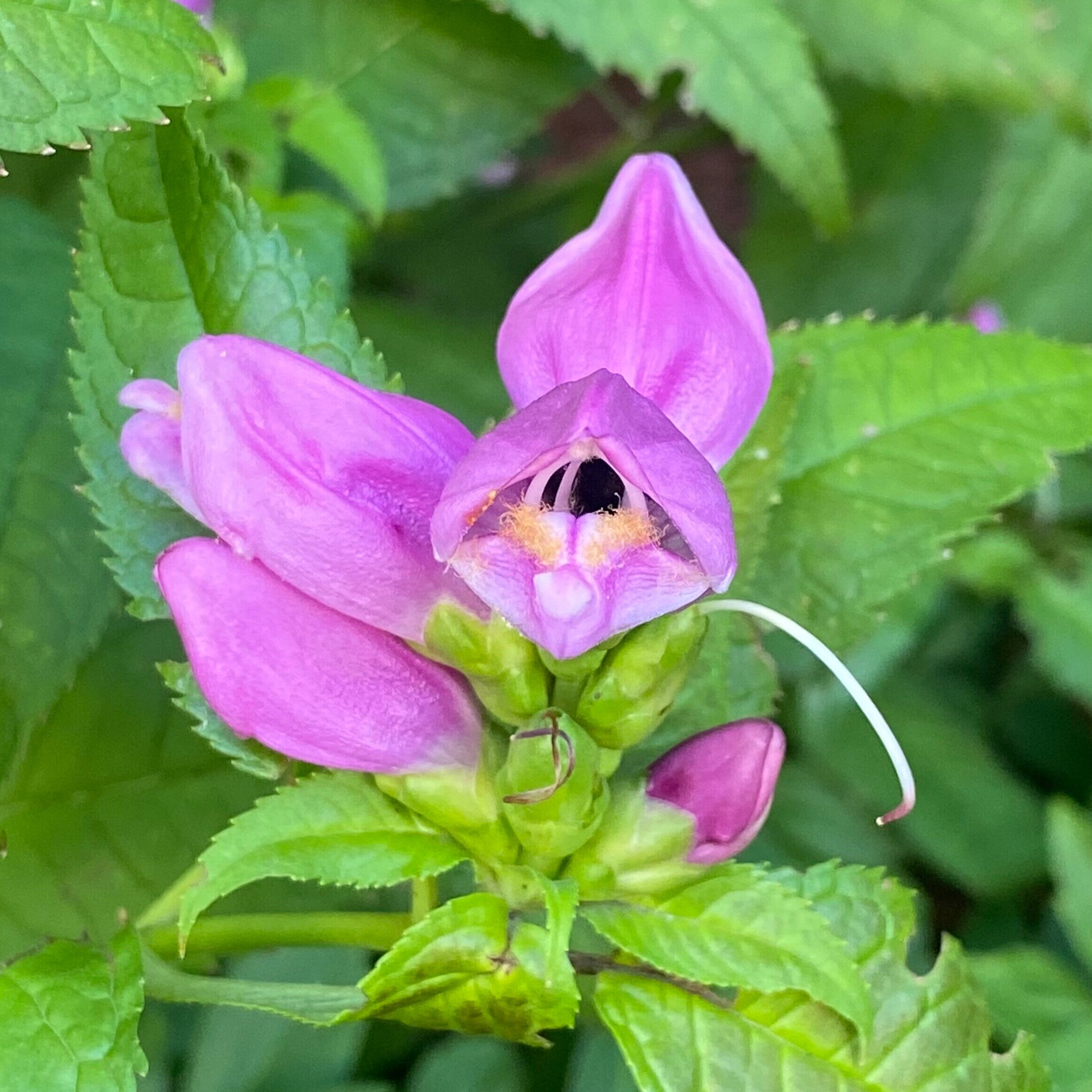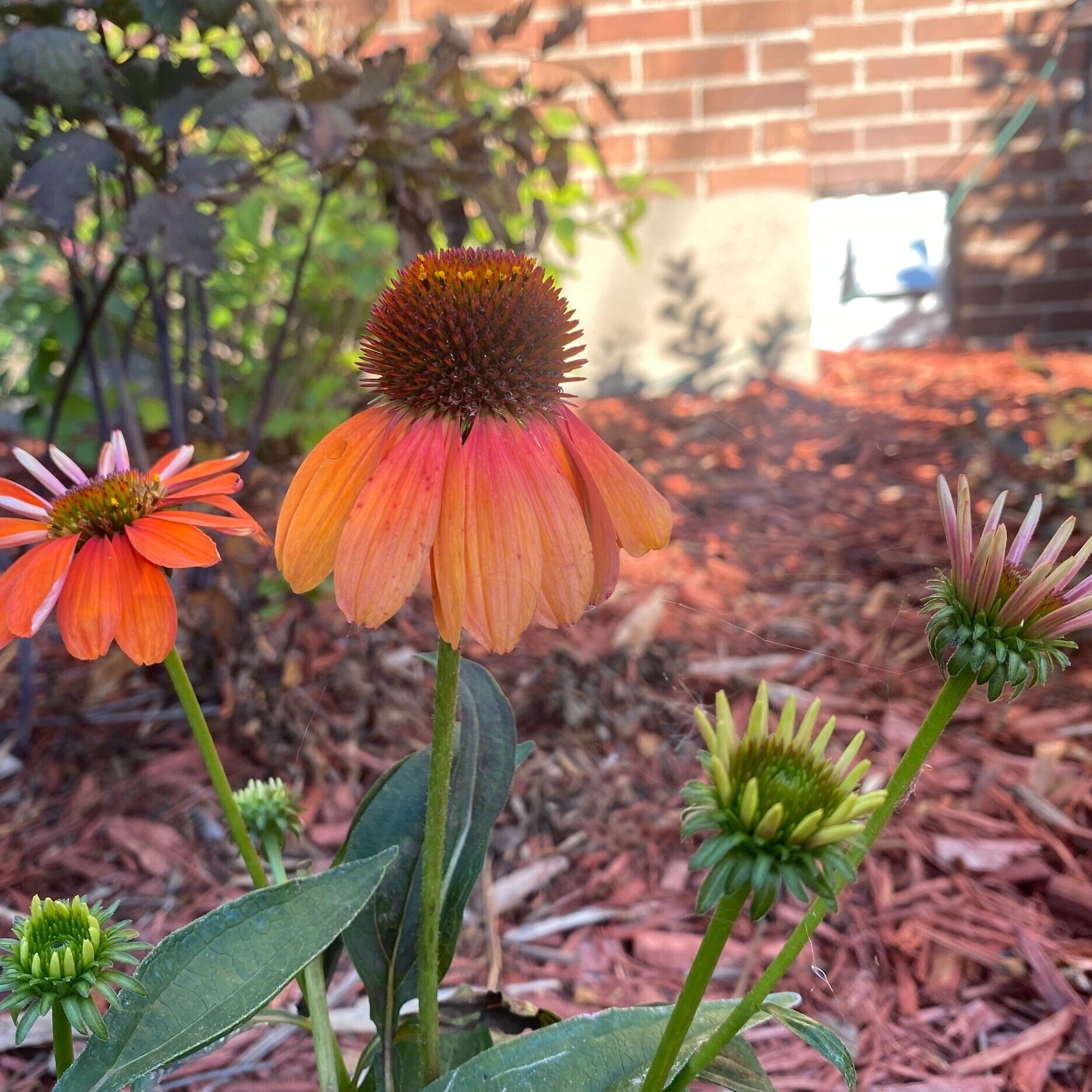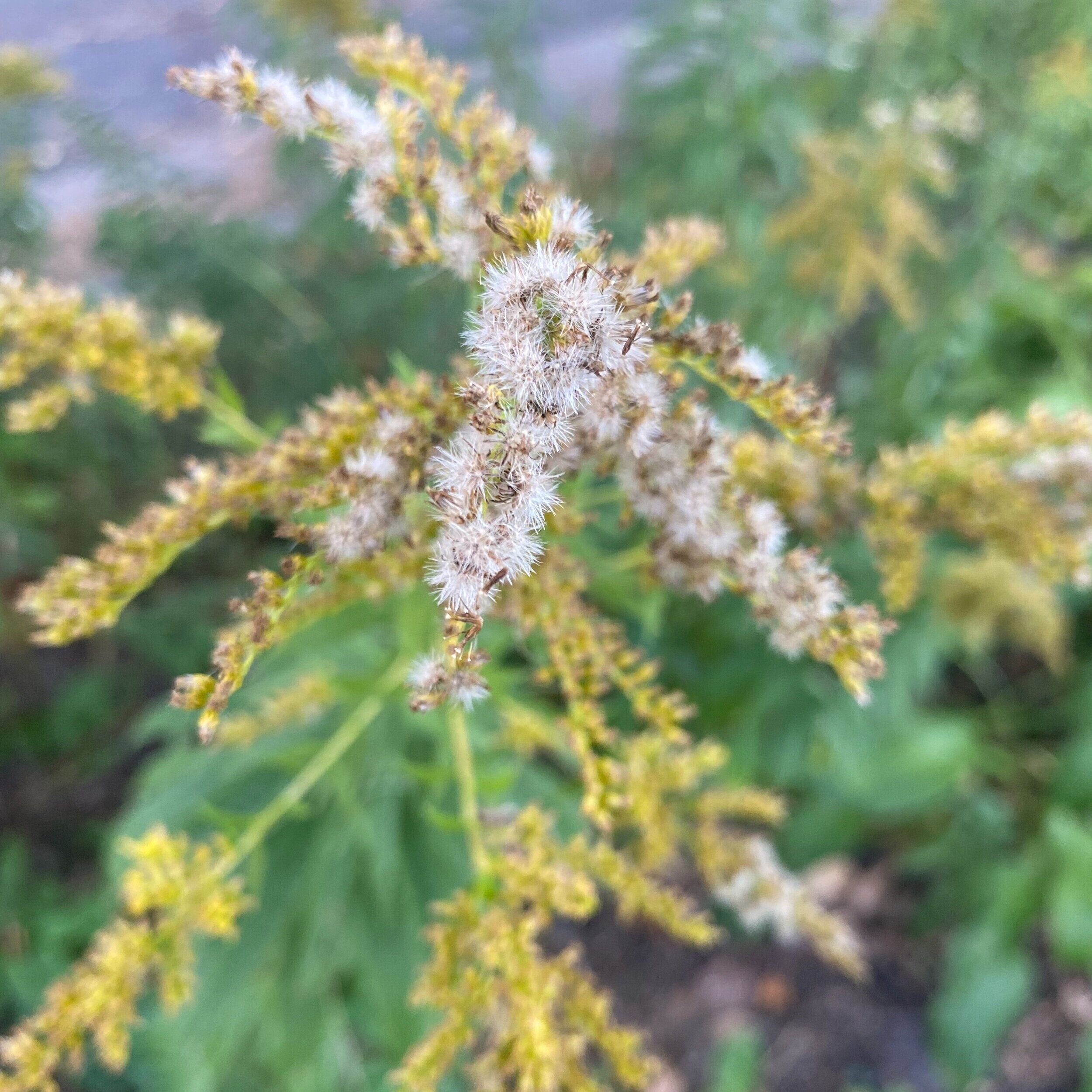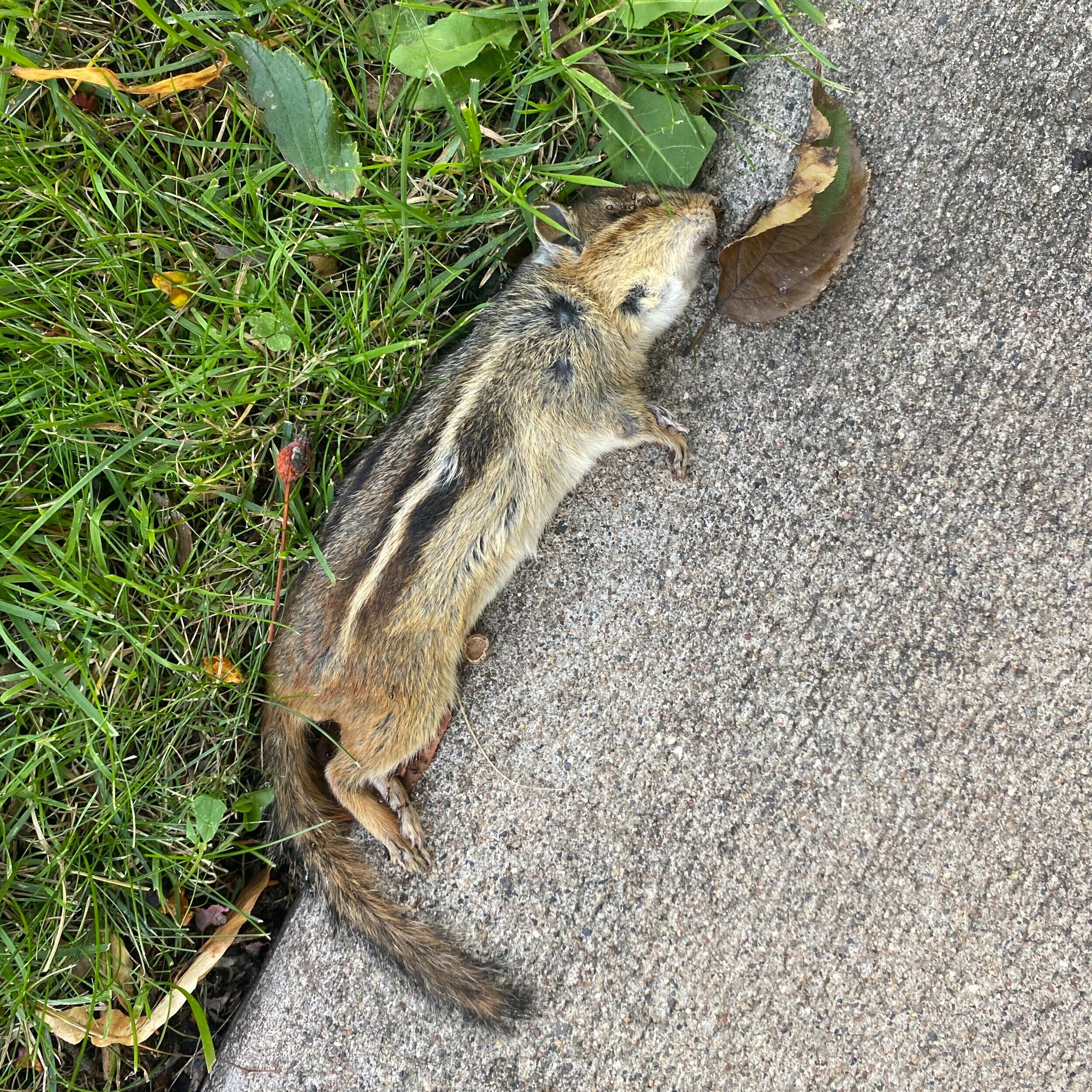BCI Post #4
9.26.2021, Backyard
Full sun, (81℉), 4:58pm
The objective of today’s observations were to notice the functional strategies of my chosen natural spot.
BE
I started this evening with my eyes closed and a focus on the sounds around me. From wildlife, to human made noises, there was a vast array of sounds. Several birds flew through the yard while some sat and chirped from the treetops. I could identify the chickadees in the mix, but there were other songbirds I could not. I didn’t hear from the occasional blue jay or cardinal that frequent the area. The squirrels were especially playful today. I heard one make it’s way close to me and two others chasing each other up and down the elm trees. There was another in the distance giving a sound of warning. I heard the neighbors calming their young daughter through their window, several squeaky doors opening and closing, passing cars, and cars in the distance.
I felt the heat of the early autumn sun on my arms and the left side of my face. I thought I may get a sunburn, but also wanted to stay still and soak it all up as if I could store it through the winter like the squirrels stow away their nuts and seeds. There was a super subtle breeze that came through on occasion, feeling as subtle as a whisper on my arms.
The yard smelled of soil and the air was fresh, until the neighbors started their charcoal grill. The smell burned my nostrils, so I began the next step of the exercise.
CONTEMPLATE
As I sat outside I considered the functional strategies around me. The way bees were collecting pollen from the red turtlehead plant, fully submerging themselves inside. What makes this shape ideal for pollinators? How does the bee know they are safe to enter? After a little digging I found that bees are the ideal pollinator for these plants as they fully pollinate rather than just taking the nectar (see photo and note the bee bum below!). The perfect symbiotic relationship!
I noticed the stages of blooms of the coneflowers - each beginning and unfurling at different times. I’ve been surprised by the number of blooms this plant has given as it was a late-season impulse purchase from Target! After a flower wilts, I deadhead the stem and a week or two later a new bloom arrives. I also love the shape of these leaves and watching them unfurl from sharp looking spindles to soft, vibrantly colored petals.
The functional strategies of reproduction of the golden rod plant is another that caught my eye today. Its yellow flowers drying, turning to seed, and becoming white fluff that will be caught by the wind and further the lifecycle of the plant.
Lastly, I found one of my sweet chipmunks deceased in the yard. I walked up this same path last night and had not noticed it, but did encounter one in the hostas nearby. I can’t help but feel sad about its passing and wonder if it was the same one from last night. There is a cat that creeps around our house, so maybe it fell victim to it. Regardless, the circle of life was already at work as it had flies buzzing and a swarm of ants beginning the process of decomposition. I wonder how these insects stumbled upon the chipmunk? Were they attracted to the smell? Did they just happen to walk by? Is there some other sense that notified them that humans may not be attuned to?
IMAGINE
The majority of the strategies I noticed above were about the full circularity of the ecosystem and the symbiotic nature of plants giving to animals/insects and those animals/insects giving back to the plants. Could apparel and accessories offer these same strategies?
Pollination: Creating garments that can “feed” off of one another? A sort of “re-charging” station for clothing once it has been worn to maintain its strength and durability. Or clothing that responds to sunlight (or other weather conditions) to “give back” to the environment.
Selective distribution of resources: Applied in the realm of manufacturing, a way to monitor resource distribution connected fully with the supply chain. Some companies have adopted similar concepts, ALOHAS for example, making on-demand clothing. I’d be interested to see how this could be pushed even further to tighten the gap of overproduction.
Regrowth: Could lint be collected from cleaned clothing to then be planted to grow new plants that can be converted into new materials?
Maintaining life after death: Similar to regrowth, once a garment has reached its end of life, could it be fully planted in the ground to offer nutrients to the soil or existing plant life? It would be so cool to plant a garden from a sweater and see the wildflowers grow the following year.



